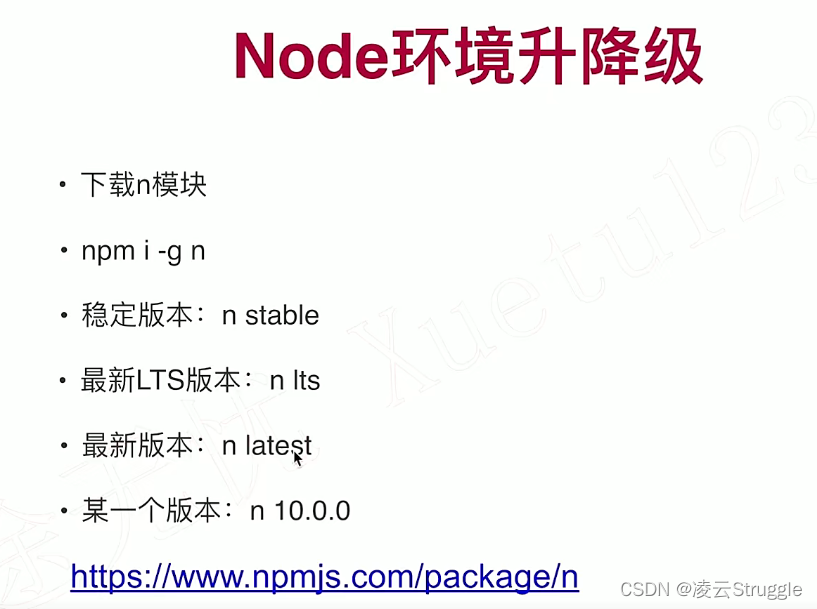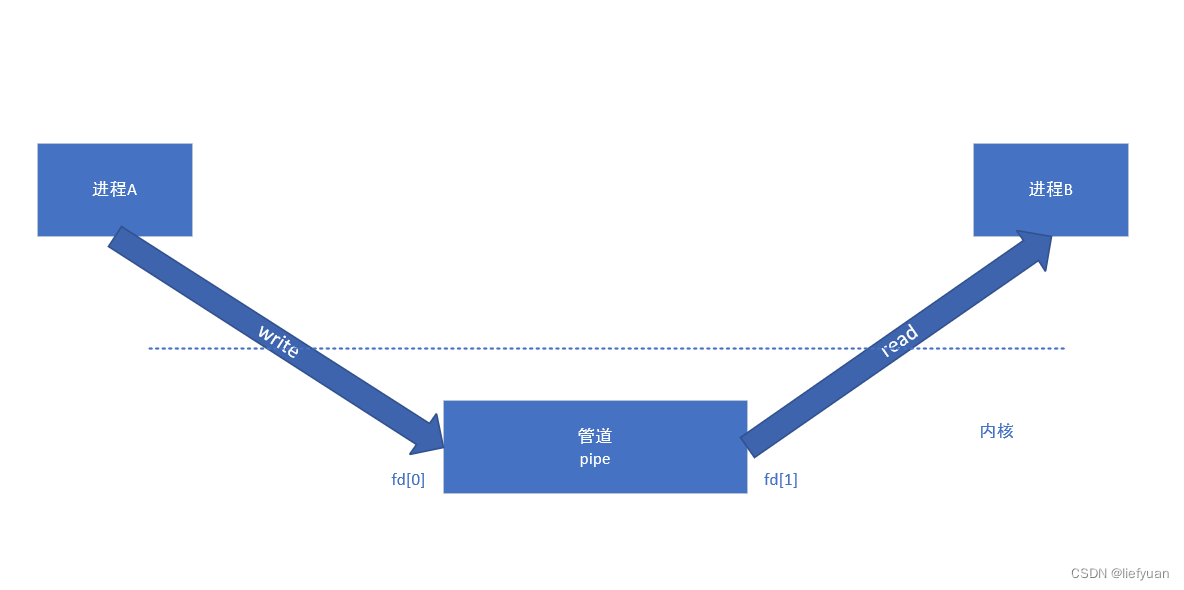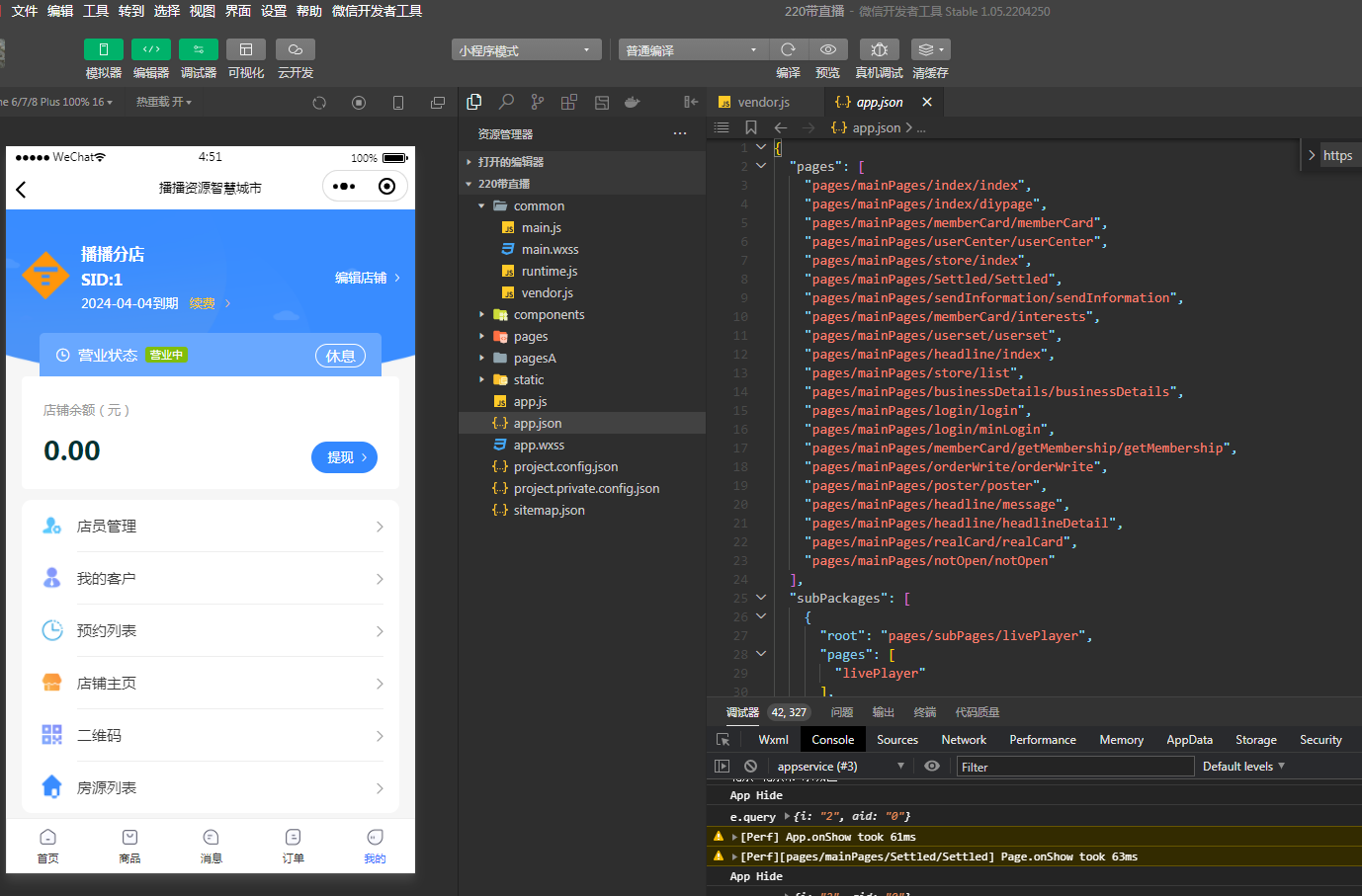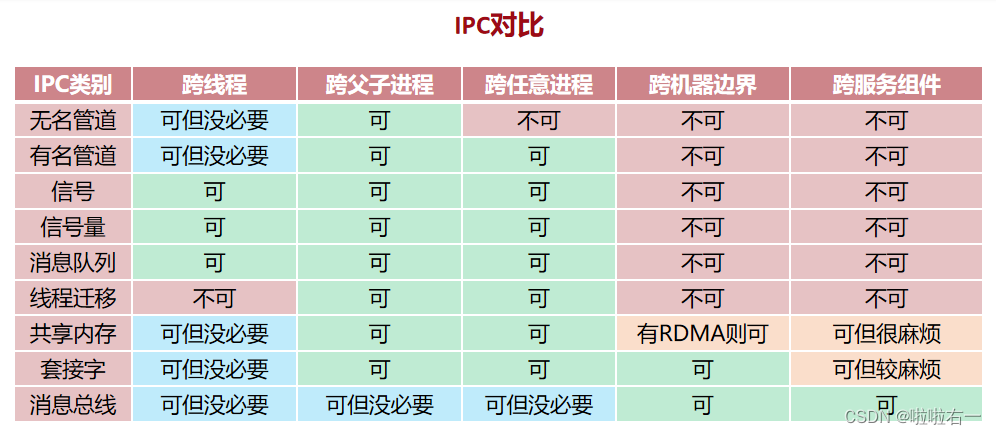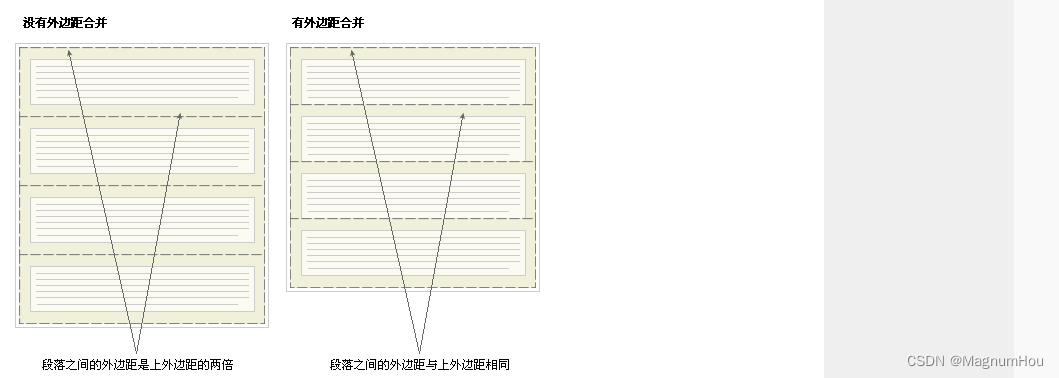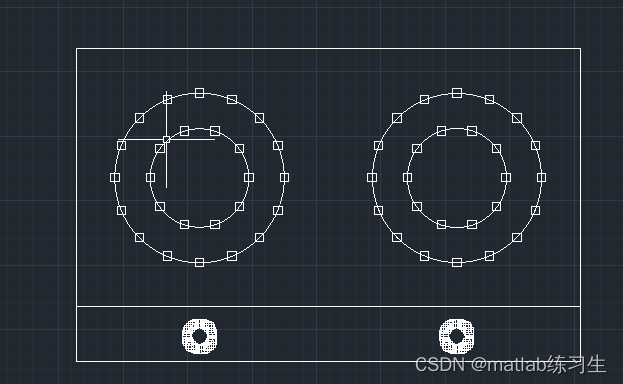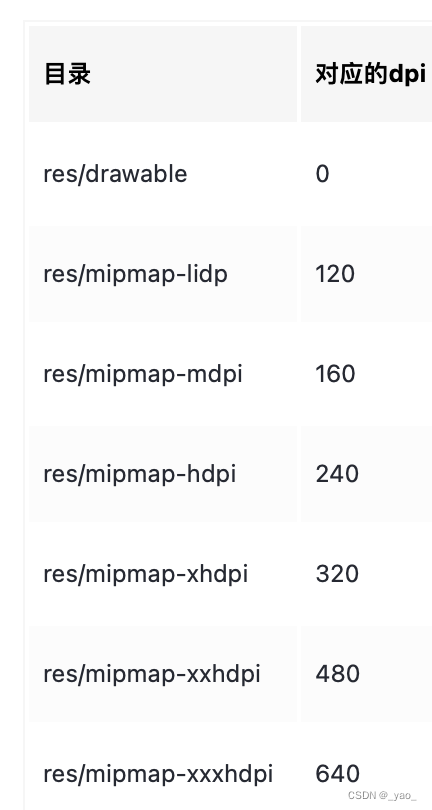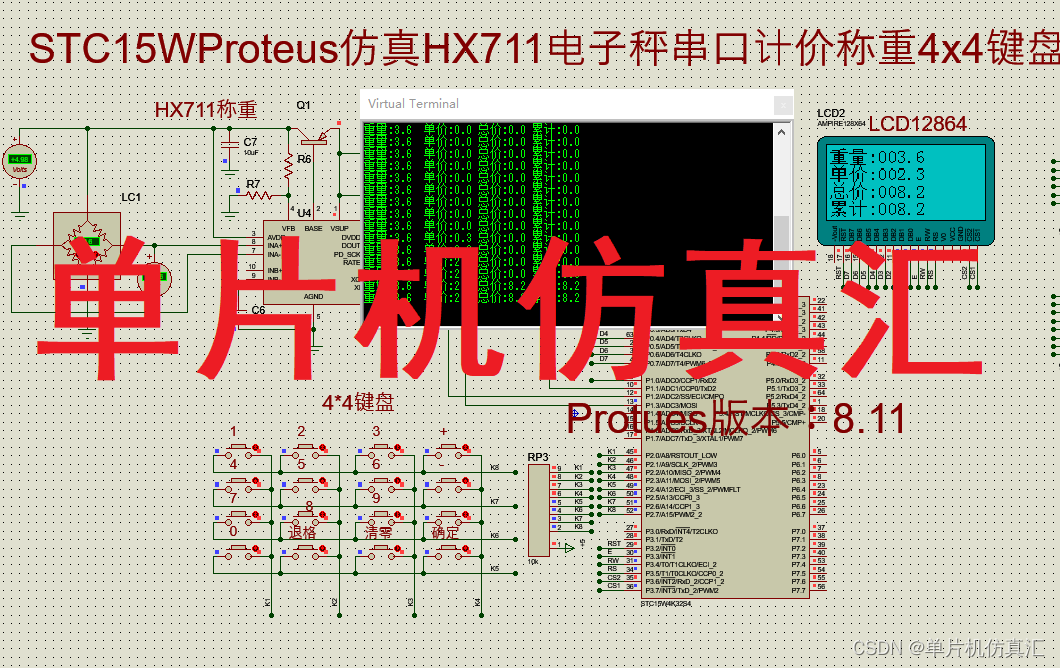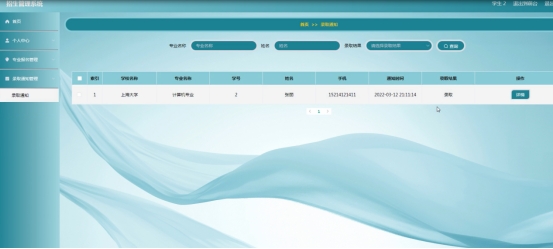目录
✿LeetCode232.用栈实现队列❀
✿LeetCode225. 用队列实现栈❀
✿LeetCode232.用栈实现队列❀
链接:232.用栈实现队列
请你仅使用两个栈实现先入先出队列。队列应当支持一般队列支持的所有操作(
push、pop、peek、empty):实现
MyQueue类:
void push(int x)将元素 x 推到队列的末尾int pop()从队列的开头移除并返回元素int peek()返回队列开头的元素boolean empty()如果队列为空,返回true;否则,返回false说明:
- 你 只能 使用标准的栈操作 —— 也就是只有
push to top,peek/pop from top,size, 和is empty操作是合法的。- 你所使用的语言也许不支持栈。你可以使用 list 或者 deque(双端队列)来模拟一个栈,只要是标准的栈操作即可。
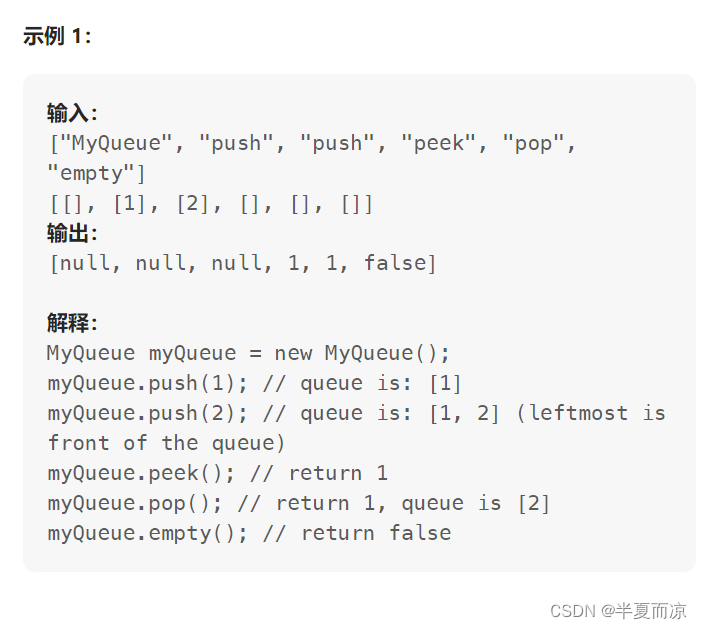
本题其实不难,主要是pop()操作,要判断一下出栈是否为空,如果为空吧入栈的元素全加入到出栈,然后返回pop(),代码如下:
class MyQueue {
Stack<Integer> in=new Stack<>();
Stack<Integer> out=new Stack<>();
public MyQueue() {
}
public void push(int x) {
in.push(x);
}
public int pop() {
inToOut();
return out.pop();
}
public int peek() {
inToOut();
return out.peek();
}
public boolean empty() {
return in.isEmpty() && out.isEmpty();
}
public void inToOut(){
if(out.isEmpty()){
while(!in.isEmpty()){
out.push(in.pop());
}
}
}
}
/**
* Your MyQueue object will be instantiated and called as such:
* MyQueue obj = new MyQueue();
* obj.push(x);
* int param_2 = obj.pop();
* int param_3 = obj.peek();
* boolean param_4 = obj.empty();
*/✿LeetCode225. 用队列实现栈❀
链接:225.用队列实现栈
请你仅使用两个队列实现一个后入先出(LIFO)的栈,并支持普通栈的全部四种操作(
push、top、pop和empty)。实现
MyStack类:
void push(int x)将元素 x 压入栈顶。int pop()移除并返回栈顶元素。int top()返回栈顶元素。boolean empty()如果栈是空的,返回true;否则,返回false。注意:
- 你只能使用队列的基本操作 —— 也就是
push to back、peek/pop from front、size和is empty这些操作。- 你所使用的语言也许不支持队列。 你可以使用 list (列表)或者 deque(双端队列)来模拟一个队列 , 只要是标准的队列操作即可。
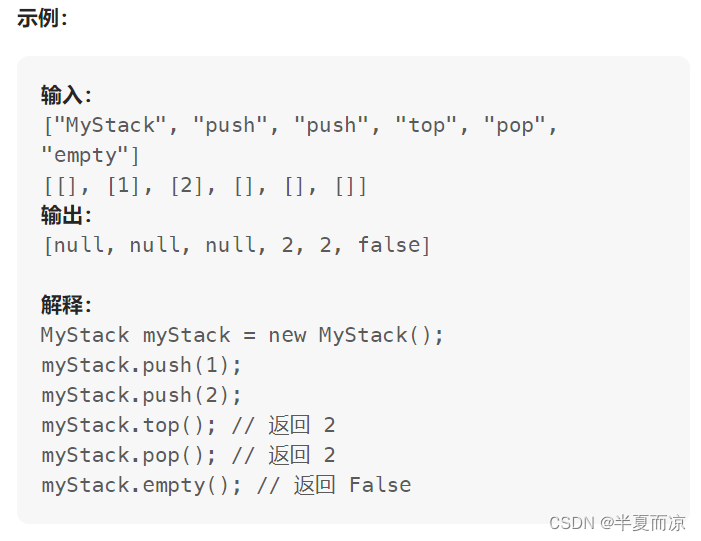
题目虽然要求的是两个队列实现栈,但是一个队列也可以实现栈,让每一个入队列的元素再次入到队列尾部,完成一下逆序,这样就实现了栈,代码如下:
class MyStack {
// 一个队列实现栈
Queue<Integer> queue=new LinkedList<>();
public MyStack() {
}
public void push(int x) {
queue.add(x);
for(int i=0;i<queue.size()-1;i++){
queue.add(queue.poll());
}
}
public int pop() {
return queue.poll();
}
public int top() {
return queue.peek();
}
public boolean empty() {
return queue.isEmpty();
}
}
/**
* Your MyStack object will be instantiated and called as such:
* MyStack obj = new MyStack();
* obj.push(x);
* int param_2 = obj.pop();
* int param_3 = obj.top();
* boolean param_4 = obj.empty();
*/
